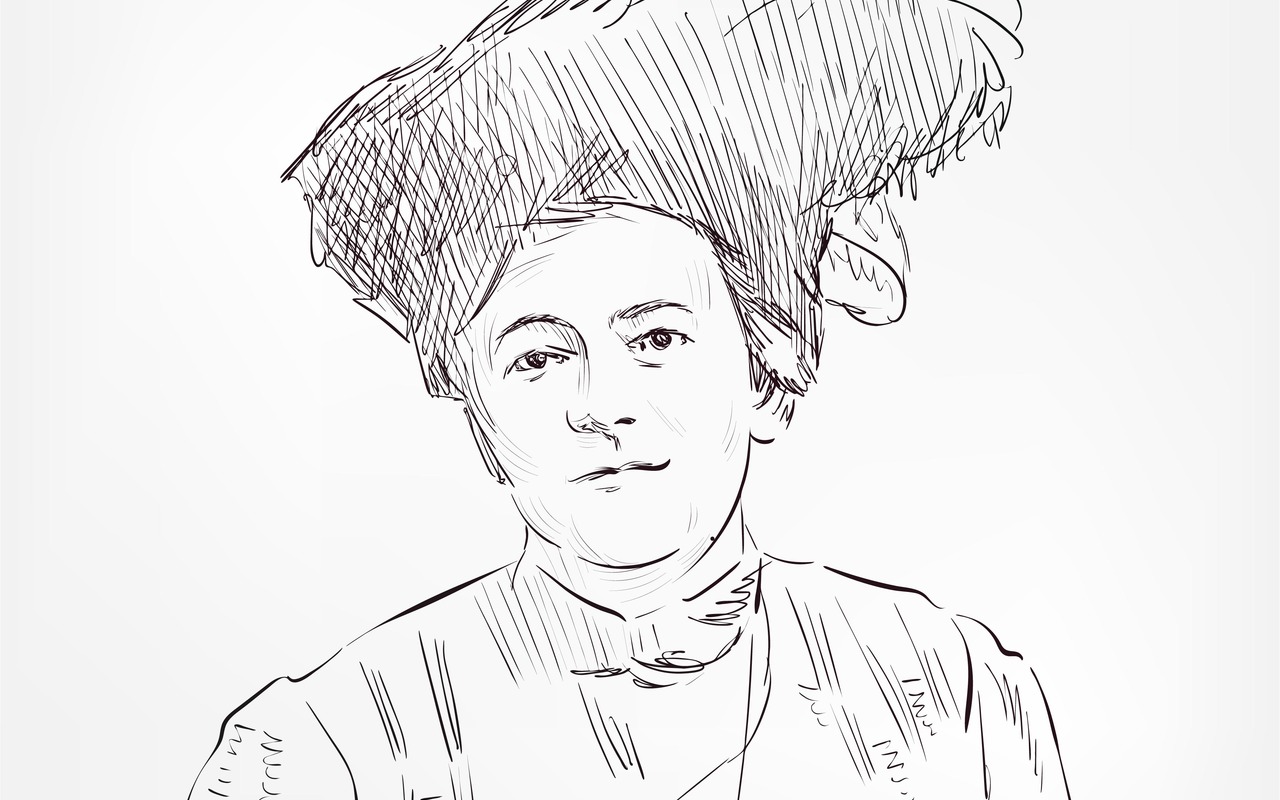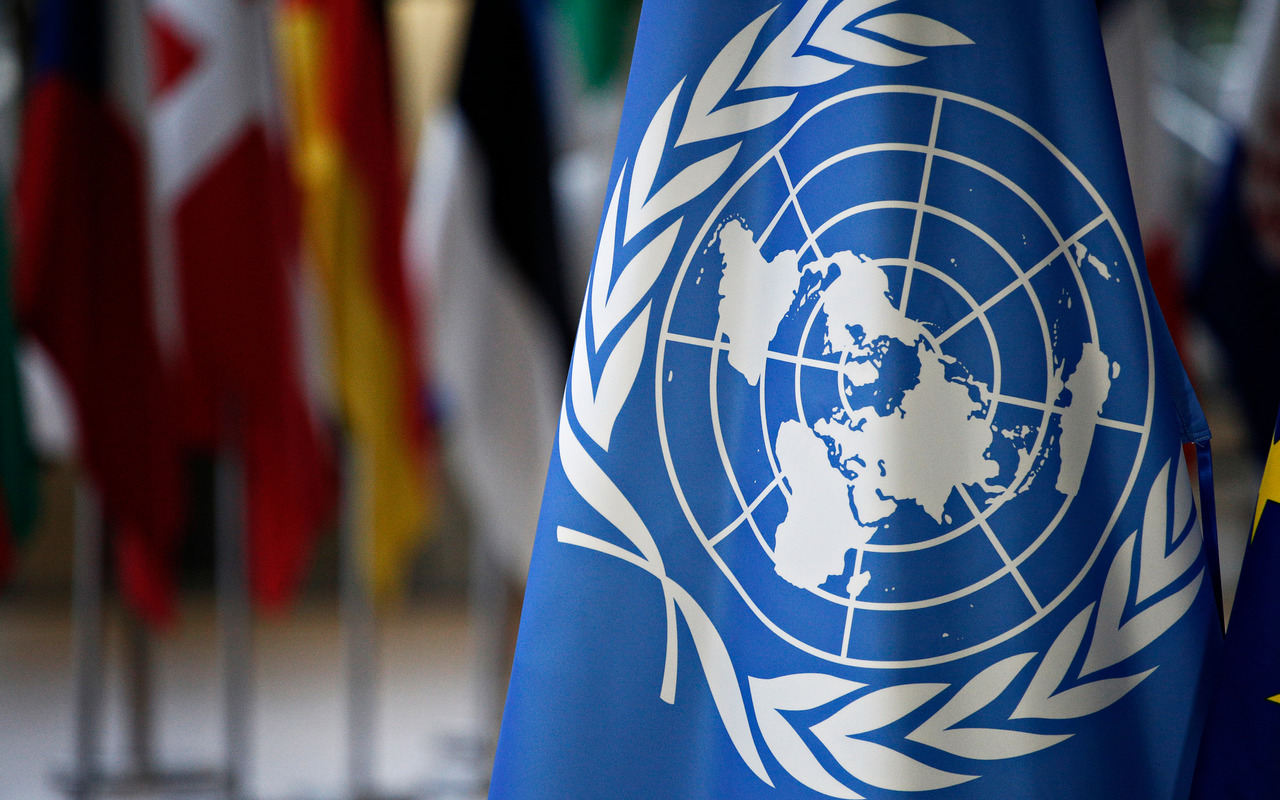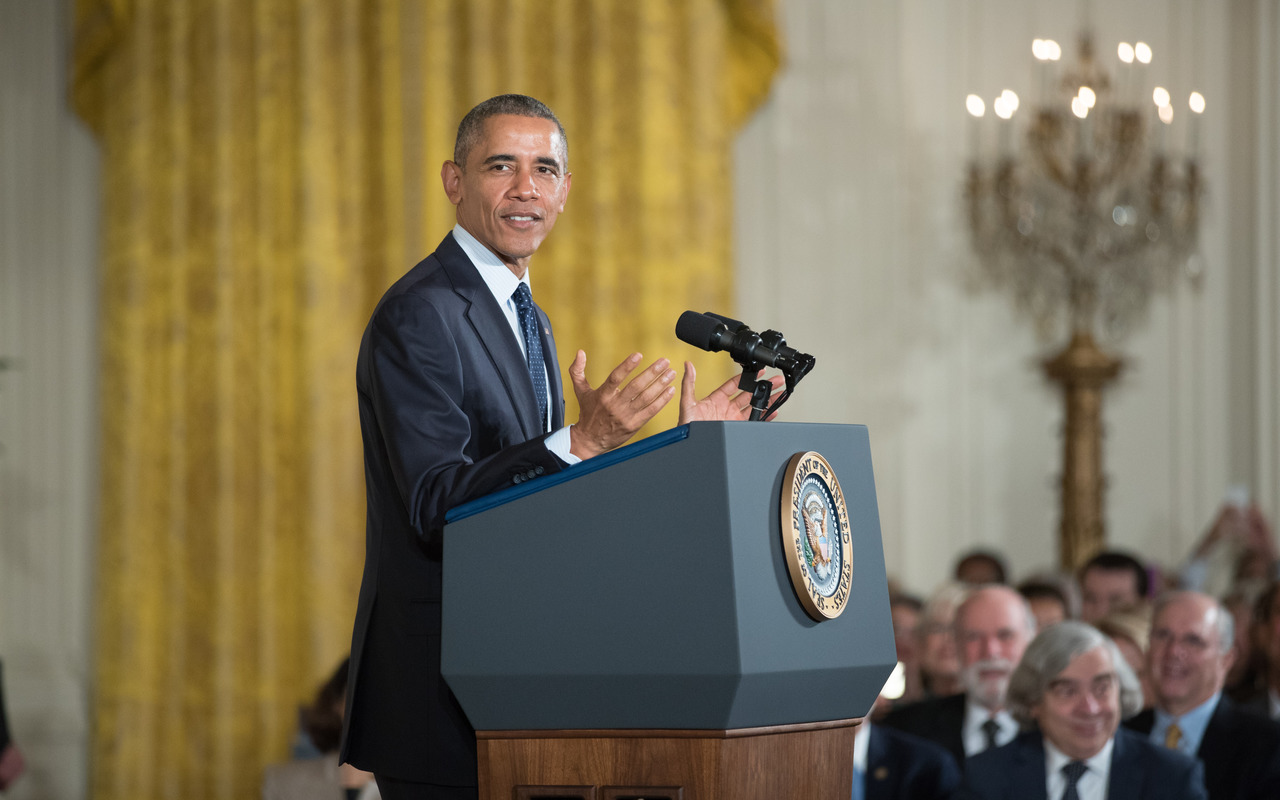1909
The first National Women’s Day is observed on 28 February in the United States. It aims to honour a garment workers’ strike in 1908, which saw 15,000 women march through the streets of New York to protest against working conditions.

1910
At the International Socialist Women’s Conference in Copenhagen, German activist Clara Zetkin suggests that 8 March be celebrated annually in honour of women’s rights. Her proposal receives unanimous support.
1911
International Women’s Day is celebrated for the first time in Austria, Denmark, Germany and Switzerland, albeit on 19 March. Over one million people attend rallies.

1975
The United Nations finally recognises 8 March as International Women’s Day. It has since become the main sponsor of the annual event.

2011
To commemorate the event’s centenary, US president Barack Obama declares the entire month of March as Women’s History Month, urging Americans to reflect on “the extraordinary accomplishments of women”.
2020
This year’s campaign theme is #EachforEqual, which highlights the importance of challenging stereotypes, fighting bias and broadening perceptions to create a gender-equal world.
SEE ALSO: 3 fun facts about upcoming global art exhibitions
This article was originally published in the March 2020 issue of SilverKris magazine
The post By the numbers: The history of International Women’s Day appeared first on SilverKris.
from SilverKris
No comments:
Post a Comment